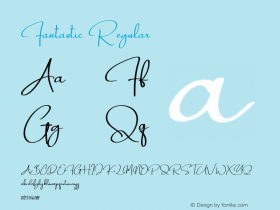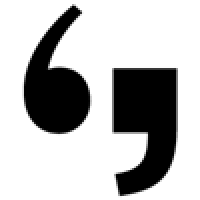
ATF Specimen Book, 1912. Photo by Henning Krause.
A page from the book. Courtesy Leadsandslugs.com.
Sometime in the '80s, browsing my brother's bookcase, I came across "Big Red", the famous 1912 catalog from ATF. Page by page, this old specimen book made time evaporate. A few years later I discovered Stevenson Blake, Barnhart Brothers, Berthold, Nebiolo, and Ludlow. Then my favorites: the Schelter and Figgins. The common thread — beyond the letters — was "the specimen".
I had no idea why specimens were were so intriguing until Tobias Frere-Jones broke it down for me a few years later. Tobias was embarking on creating the first Font Bureau specimen book and he pitched the idea of using the specimen as the core layout. Mixing classic text layouts, and bios written by type historian Mike Parker, Frere-Jones carefully crafted the Font Bureau specimen book based upon the page designs found in the old specimen books.
Font Bureau was not the only type foundry in the early '90s to be inspired by these books. Jonathan Hoefler made fantastic, often inspirational specimens that to this day are used as templates by designers. Soon small foundries all over were using these classic specimens to promote their wares.
The concept made perfect sense for showing digital type. The weights and widths of the super family are well represented in these layouts. The line-by-line showings showcase the breadth and versatility of large families and demonstrate how the type performs at various sizes. A user can digest a family at a single glance. All its strengths and qualities are apparent without plowing through multiple pages of samples. And, of course, the justified alignment creates a universally pleasing solid block of type.
"Best Of…" by Paula Scher for CBS Records, using Champion Gothic (H&FJ).
The cover of Rolling Stone (1993), art directed by Fred Woodward, using Eagle (Font Bureau).
What I never saw coming is the epidemic that has spread through the graphic design community. The specimens themselves — common in the libraries of designers — may have started the trend.
Or maybe it was the packed-solid typography of Fred Woodward, Paula Scher, and Roger Black, designers who have all been inspired by this classic form.

Regardless of the causes, it is now everywhere, from movie posters to advertising, from magazine and book covers to public service announcements. I even spotted an ad for an "anti-stress drink" that was clearly inspired by our own specimen forTitling Gothic.

Update, Nov. 24, 2011:This post now has a companion blog.








